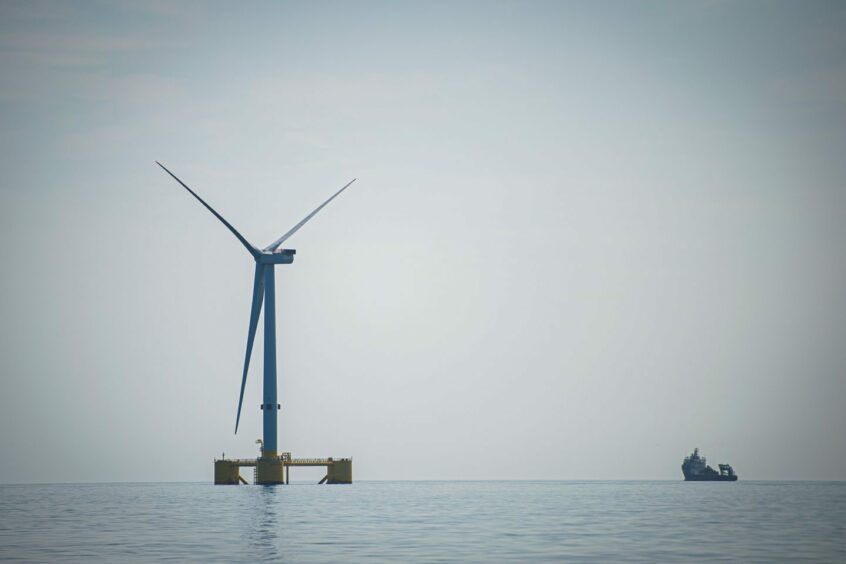
The Crown Estate has told bidders in its upcoming Celtic Sea floating wind leasing round they will need clear links to local ports and create lasting social benefits for communities.
A 4GW auction, one of the world’s largest, is expected to be launched later this year.
But has that port affiliation been set out in such clear terms before?And will other regions globally seek to do the same as floating offshore wind leasing ramps up?
At a Westwood Global Energy Group webinar this week, Gunther Newcombe, recently announced to be stepping down from the Shetland Orion project, asked whether the trend is being seen elsewhere.
It comes as global leasing in 2023 (fixed and floating) has reached nearly 18GW of awards already, with another 11.7GW scheduled by the end of the year.
Supply chain boost in Celtic Sea leasing round
In the Celtic Sea, the Crown Estate said bidders need to reflect “the important role of ports in the assembly and deployment of turbines” in the leasing round.
Focus, in particular, is to be paid to the manufacture and storage of components including foundation assembly, cabling and placing turbines atop the floating foundations.
“There is broad consensus across the sector that these ports must be in relative proximity to project sites,” the Crown Estate added, saying that developers also need to set out how they’ll create “lasting social and environmental value” for communities beyond the lifetime of their leases.
“A clear commitment to these aspects will be required in order for developers to progress to the later stages of the leasing process.”
To Mr Newcombe’s question, Westwood senior analyst Peter Lloyd-Williams said it’s a move to build up local supply chains more quickly.
“That’s an interesting one. It’ll be really interesting to see what the actual details are in terms of this port affiliation requirement that the Crown Estate is putting out there.
“Obviously most developers have a port in mind for when they start their development, but I think really what we’re looking at here is probably more of an effort to get an earlier level of coordination within the industry, essentially, to build up the local supply chain as quickly as possible.”
‘Expedite things for the developers’
Last year, Westwood said a whopping 56GW was awarded globally, with 44% linked to Scotland’s ScotWind round.
However questions remains around port capacity, grid and supply chain for these huge projects
Mr Lloyd-Williams added that the focus on building up the supply chain is part of a “broader trend we’ve actually been seeing in the Celtic Sea leasing process so far”.
“The Crown Estate is essentially saying ‘we know that in previous leasing processes, we’ve essentially waited to take decisions on things like habitat assessments, port selections and we’re trying to bring that earlier in the process’.
“I’m not aware of port affiliation requirements of a direct nature in other leasing processes around the world, but it is potentially something that could come through as regulatory bodies try to bring forward the planning process.
“Essentially expedite things for the developers in question.”
‘Rising clock’
Aside from ports element, the Crown Estate set out measures for greater transparency in the bidding process.
The Crown Estate will adopt a ‘rising clock’ auction, which will see pricing movements published during the different rounds, allowing greater transparency for developers over whether other parties are still bidding for certain locations.
Gus Jaspert, managing director, Marine at the Crown Estate said the 4GW Celtic Sea auction has “the potential to be among the world’s largest developments of its kind, and we are excited by the opportunity to bring social value to the fore while helping to power the country with clean electricity and stimulate growth and investment”.

